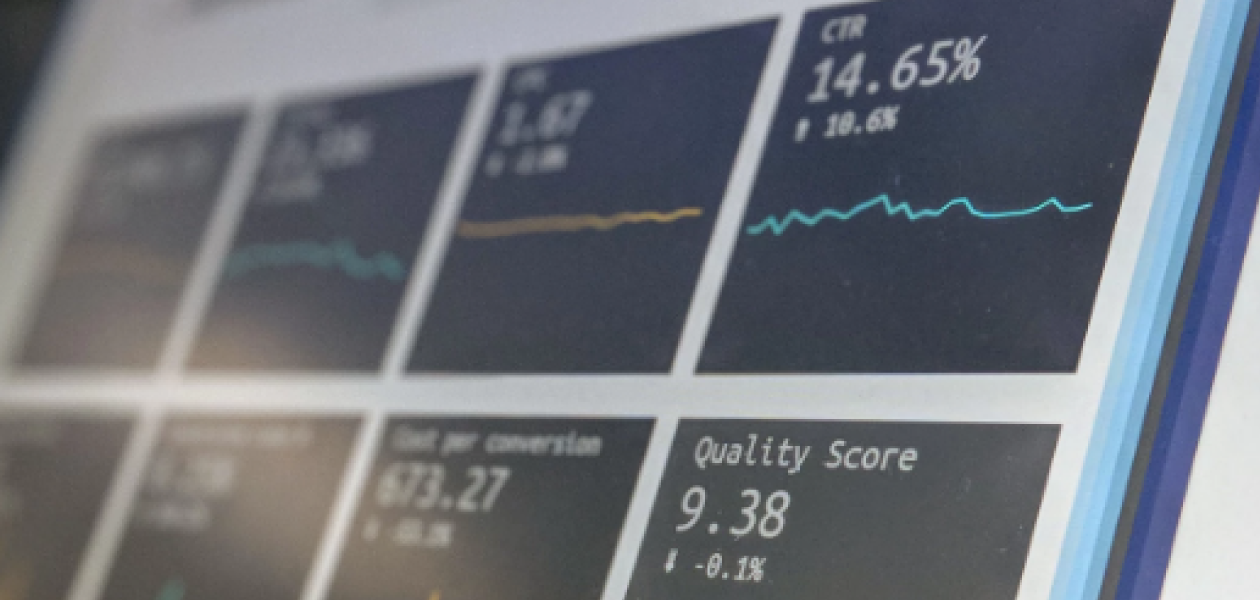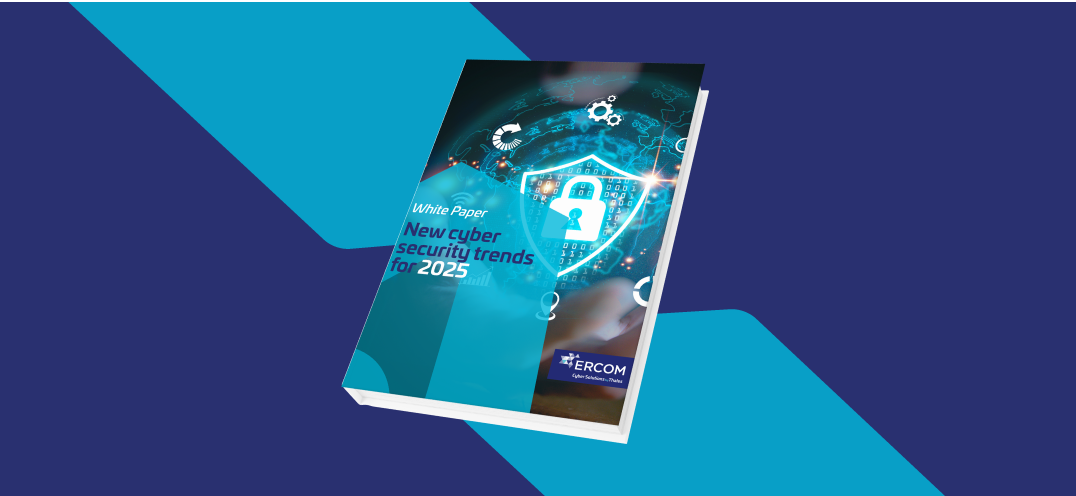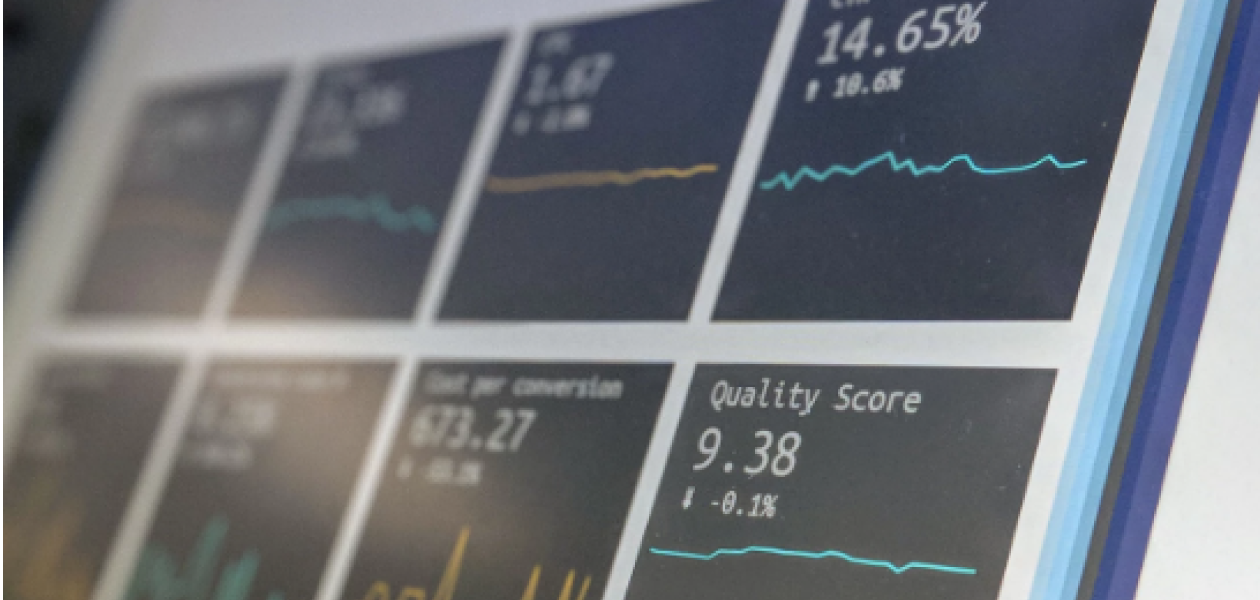Is the mobile ecosystem a threat to the environment?
Discover in this article how the mobile ecosystem is a threat to the environment.
World leaders’ workshops and statements during the COP 21 that took place by the end of 2015 make people wonder about the environmental impact of the mobile communication ecosystem and your beloved smartphones particularly.
In 2009, AT Kearney cabinet published a note, on telephone companies, stating that an hour long conversation on a mobile phone generated as much energy consumption as a washing machine program at 40°C! By extrapolation, based on the consumption of a European carrier, CO2 emission generated by 3.5 billion mobile phones, adds up to 40million tons, i.e. the equivalent of 21.5 million small engine cars. AT Kearney’s note forecasted that by 2020 there would be 4.8 billion mobile phone subscribers worldwide.
The “Ericsson Mobility Report”, published in November 2015, now forecasts that in 2021 there would be 9.1 billion mobile subscribers in the world, i.e. almost twice as mush as the 2009 forecast! Every second, 20 new mobile subscriptions are activated! Data transfers on mobile networks were 65% heavier by the end of 2015’s 3rd semester in comparison to the same period of 2014, a raise mainly due to video streams. The burst in data load that has occurred since 2019 will become exponential, which has an obvious impact on energy consumption around the world. Energy consumption should then be dissociated from this exponential growth of data loads, to enhance energy efficiency of mobile telecommunications.
The solution is with more intelligent networks, which would allow to decrease the current global average consumption from 2kWh per Go of transferred data to 0.25kWh in 2021, i.e. dividing it by 8! A part from the impact on the planet of a mobile devices’ overconsumption (frequent device changes, recycling, etc.), the mere usage of a mobile phone has a sizable impact. Currently, the penetration rate of mobile phone in Europe is 109% while it only reaches 60% in Africa; we can then measure the increasing curve of this market, the mobile networks coverage and the impact on energy consumption.
Some of the innovations tested by some carriers, such as Google and its “Loon for all” project, would allow savings in the planet’s energy while widening the global broadband Internet coverage, by using solar energy powered drones or balloons. To tackle a consumerist network deployment issue, new deployment methods might also take into account environmental issues. On its part, 5G will allow a better resources optimization as stated in a previous post and also will be discussed in an upcoming one.



